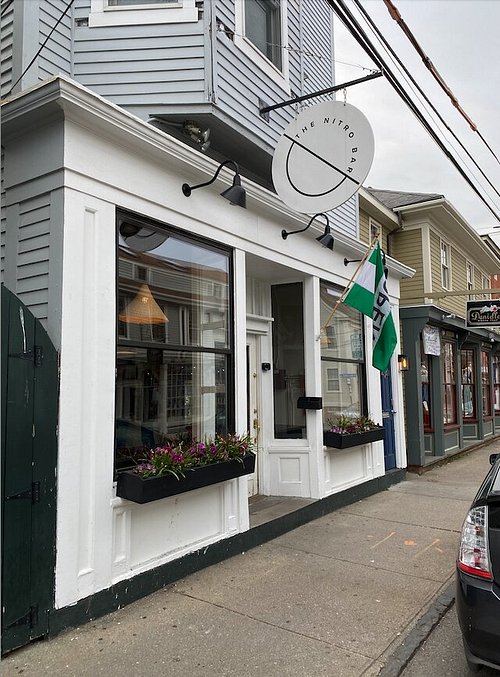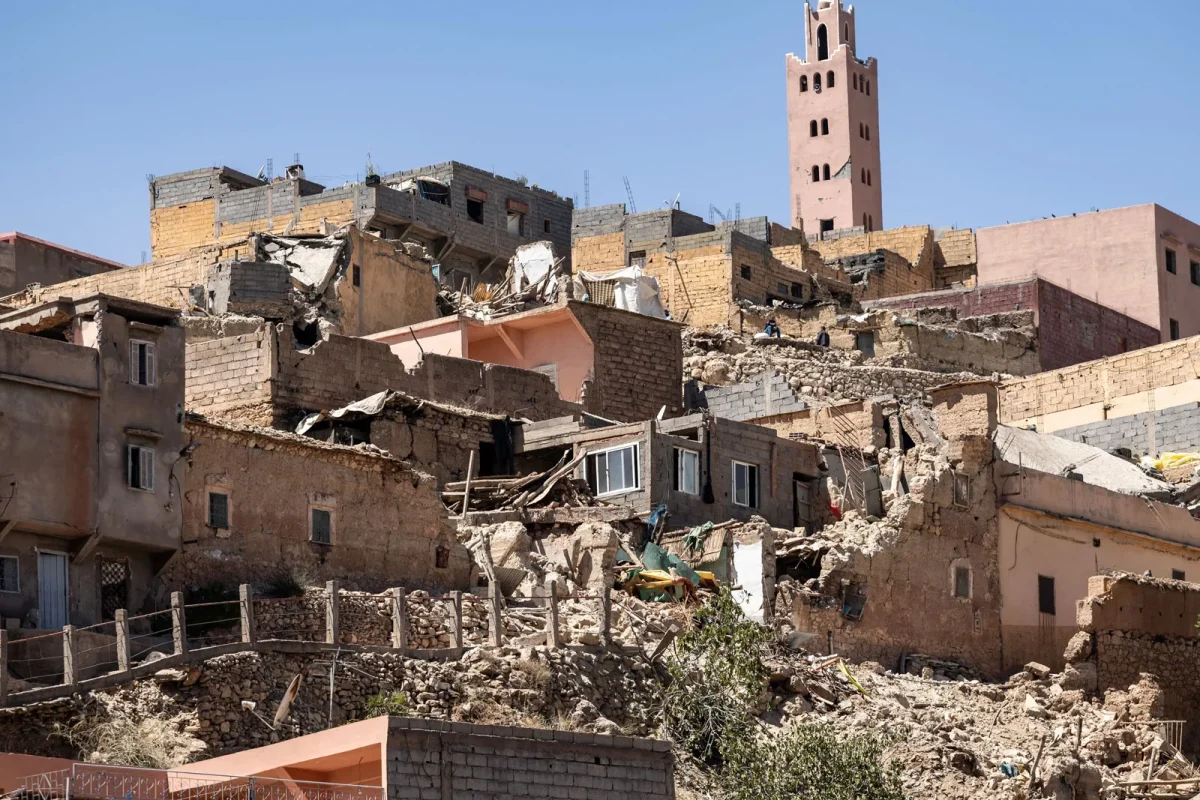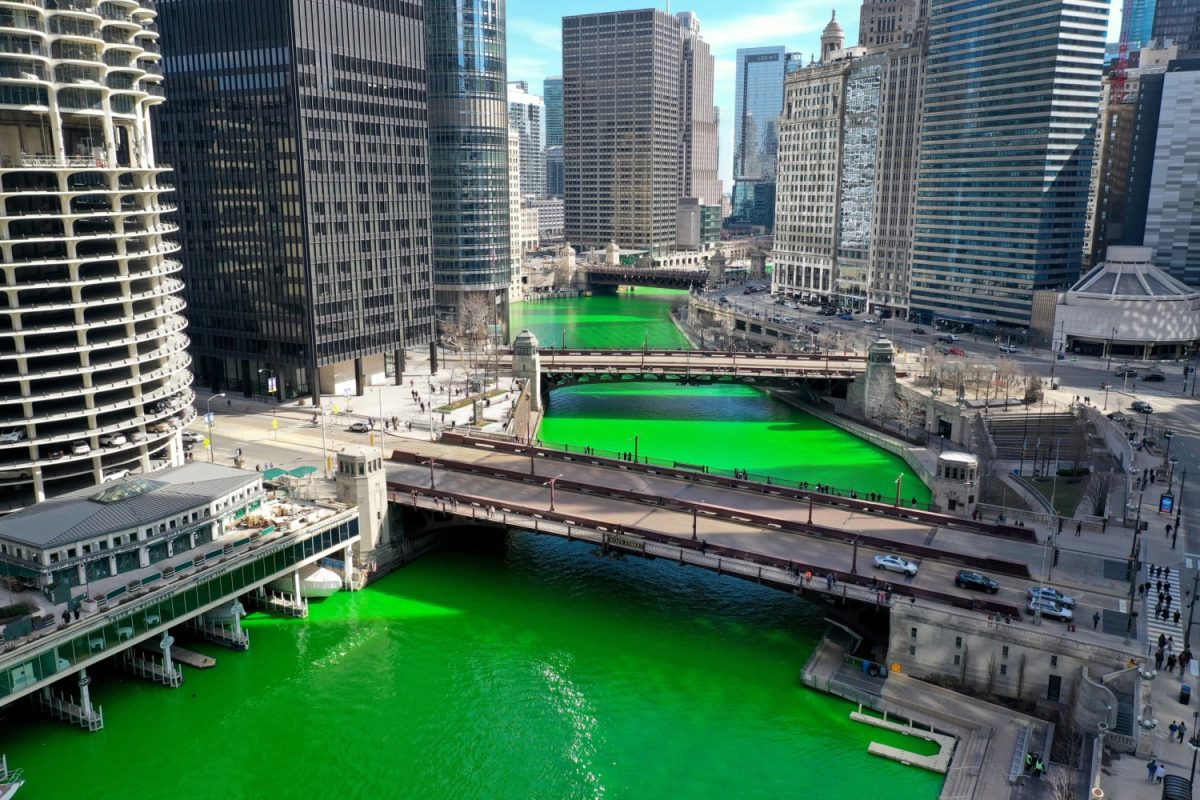With above 3,000 dead, 5,000 injured, and over 320,000 people affected, Morocco’s 6.8 magnitude earthquake on September 8th, 2023 has been the largest earthquake in the country since 1960. The epicenter of the earthquake was in the Atlas Mountains about 44 miles southeast of Marrakesh (one of the four imperial cities of Morocco). Marrakesh is rich with culture, historical sites with intricate detailing, and unique cuisine.
Earthquakes are among the deadliest natural disasters, and Morocco happens to be situated directly on a fault line. It is believed that the recent earthquake was due to a ‘reverse fault’ meaning that one side of the fault slipped underneath the other. The last large earthquake was in 1960, and resulted in more than 15,000 casualties. This made the local government look at the architecture of the buildings and they decided that it was not safe for the local citizens. Multiple building mandates were put in place to help keep citizens safe.
Although the building mandates for safety still stand today, many villages in the Atlas Mountains are rather rural. For the people this meant that their houses violated the mandates leading to towns being destroyed. The earthquake also dealt damage in Marrakech, destroying a few heritage sites. One historical site being the destruction of the minaret of the Kharbouch Mosque. This has made people scared and upset, “Now she stood near the Koutoubia Mosque, where she and other Marrakesh residents once prayed regularly …”
“I would love to go there and pray for the dead,” said Ms. Chuegra, “but I’m afraid it might collapse” (New York Times). This earthquake has caused damage to a number of different places, from towns, to historical sights, and there have been hundreds of recorded aftershocks. Although tragic, the victims of the earthquake are receiving medical care, aid, water, food, and shelter, and many houses will be rebuilt with a more sturdy structure to help prevent this from happening again.
























